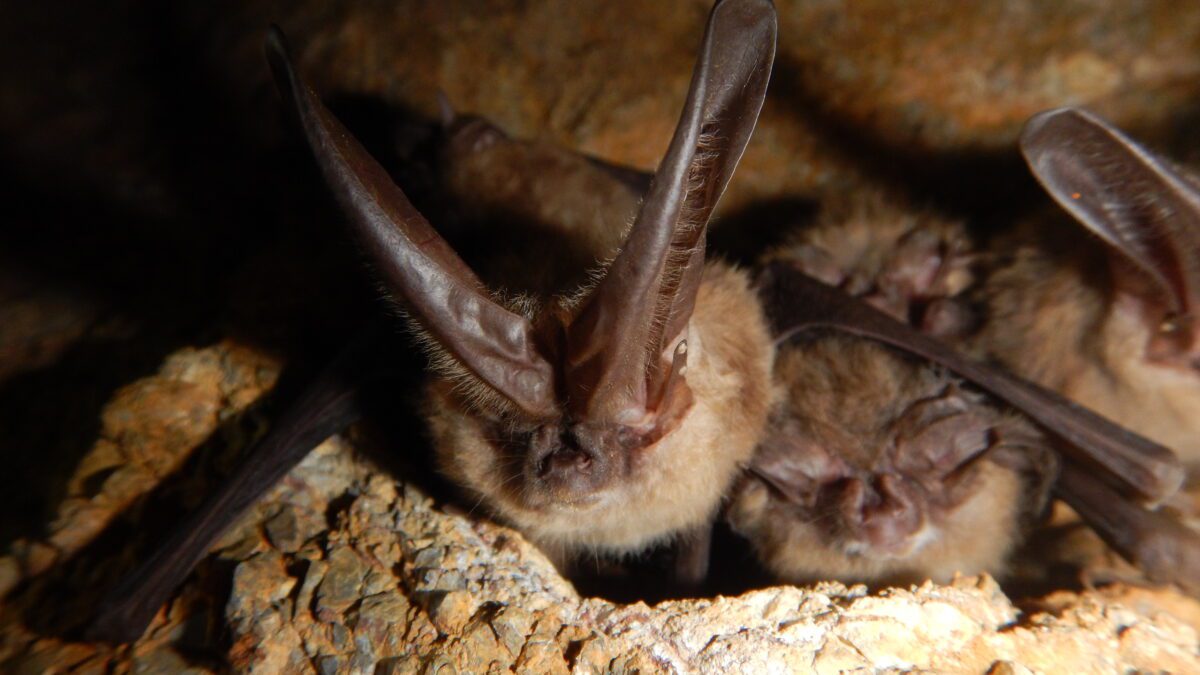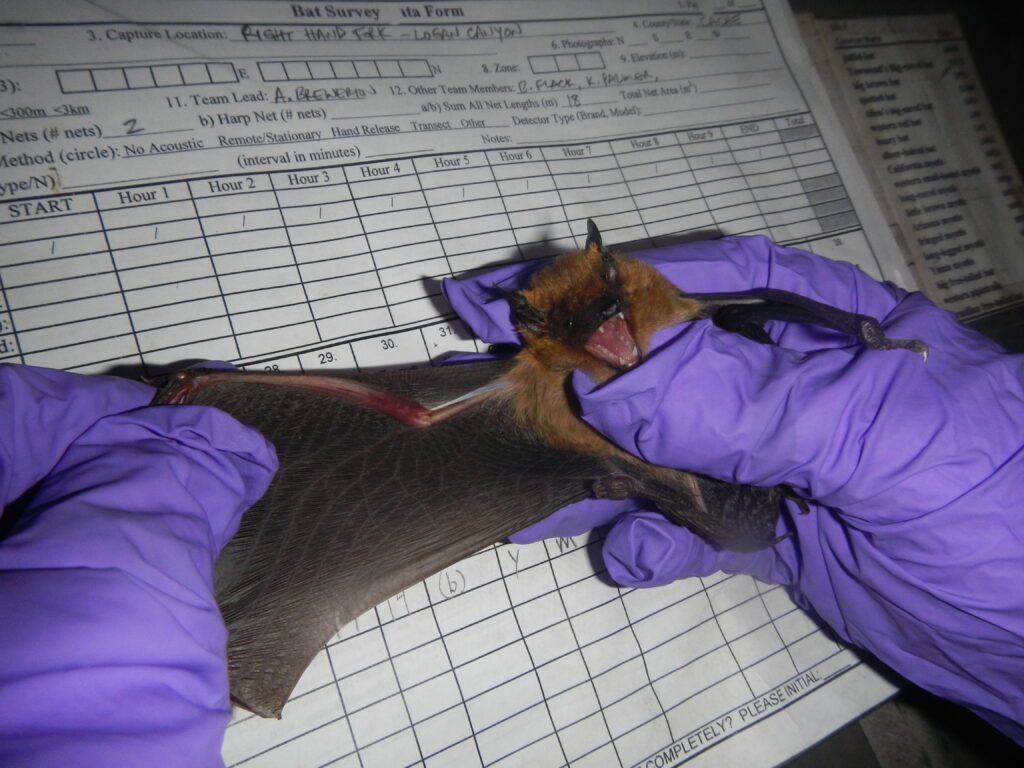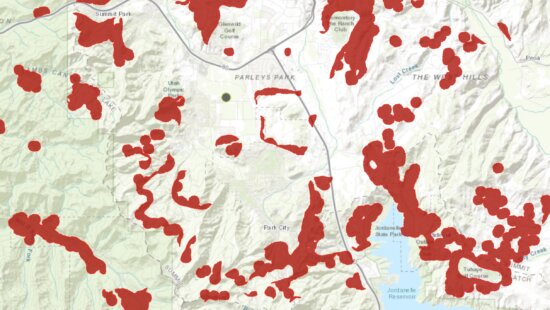Wildlife
DWR: Tips to avoid issues with bats during Utah’s bat season

A Townsend Big Eared Bat. Photo: Courtesy of the Utah Division of Wildlife Resources
UTAH —Believe it or not, it’s bat season in Utah. As baby bats (known as pups) spread their wings and take flight for the first time, you might spot more of them around.
Utah is home to 18 confirmed bat species, with the highest diversity found in the southern part of the state. These exceptional mammals are the masters of true flight, found all across Utah wherever they can find food, shelter, and water.
When it comes to diet, Utah’s bats have a particular taste for insects. They rely on standing water for hydration and as their source of tasty bugs. Female bats have an even greater need for water as they nurse their young.
New research in western states reveals that some bat species in Utah have found unique ways to survive the winter months when their usual food source of insects is scarce. While some migrate to warmer climates, others choose to hibernate in caves, mines, and even the crevices of cliffs. Unlike their counterparts in eastern U.S. states, bats in Utah typically hibernate in small groups or even solo.

Five Utah bat species are known to migrate annually, with their departure coinciding with the end of summer and arrival in warmer regions. This new information sheds light on the resilience and flexibility of Utah’s bats and the various ways they adapt to changing conditions.
“Encounters with bats seem to spike in September as the migratory species, especially the Mexican free-tailed bat, move around the state,” Kimberly Hersey, mammal coordinator for the Utah Division of Wildlife Resources, said in a press release. “However, there are a few simple things that homeowners can do to prevent conflicts during these times of year when bats are the most active.”
According to the DWR, here are some helpful tips to prevent bats from roosting in your attic:
- Cool your attic with fans to make it uncomfortable for bats to take up residence.
- Inspect the outside of the building for openings and gaps in siding, chimneys and roof lines.
- Seal cracks and holes with caulking, hardware cloth, foam rubber, foam sealant, tar paper and chimney caps. Do not do this, however, when bats have pups from May through August. Fall is the best time to seal these openings, especially when bats are vacating their roosts.
- After August, when the young can fly, you can also place bird netting over an exterior opening. Staple it down at the top and the sides, leaving the base open. Bats will be able to drop down the netting to leave, but cannot reenter the roost. Leave the netting in place for four to five days or until all the bats have left, and then seal the holes.
For more tips and safety information regarding bats, visit the Wild Aware Utah website.




















